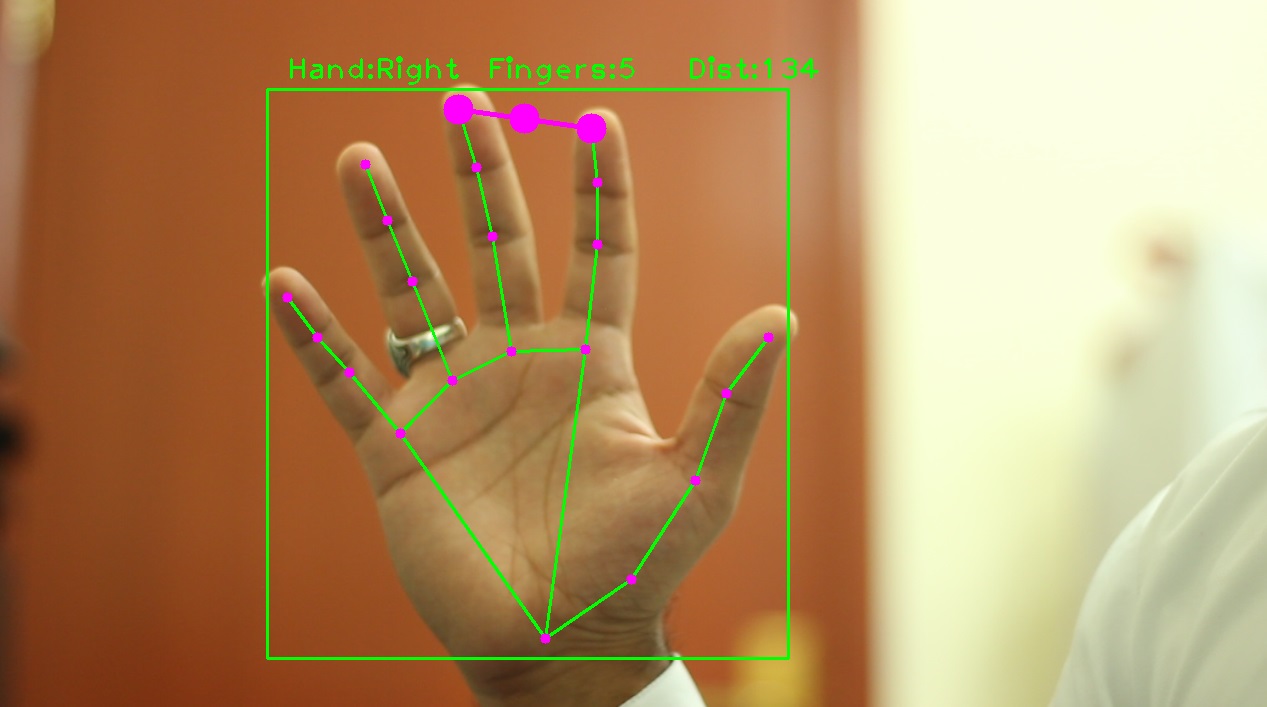1-OpenCV-Image-Basic
Image Basics
© Haodong Li haodongli@zju.edu.cn
- Brief introduction of
OpenCV - Pixels, colors, and image formats
OpenCV
OpenCVis an open source computer vision library written in C/C++ languageOpenCVcontains more than 500 functions derived from various fields of computer vision- Image segmentation
- Face recognition
- Action recognition
- Motion tracking
- Motion analysis
- The image is treated as a matrix in the computer
import pandas as pd
import numpy as np
data_file = "./data/cat.csv"
cat = pd.read_csv(data_file)
cat
| R | G | B | |
|---|---|---|---|
| 0 | 213 | 218 | 222 |
| 1 | 213 | 218 | 222 |
| 2 | 213 | 218 | 222 |
| 3 | 213 | 218 | 222 |
| 4 | 213 | 218 | 222 |
| ... | ... | ... | ... |
| 243044 | 216 | 219 | 226 |
| 243045 | 216 | 219 | 226 |
| 243046 | 215 | 218 | 225 |
| 243047 | 215 | 218 | 225 |
| 243048 | 215 | 218 | 225 |
243049 rows × 3 columns
print(cat.shape)
print(type(cat))
# define matrix
width = height = 493
cat_rgb = []
for i in range(height):
row = []
for j in range(width):
index = i * height + j
rgb_element = [cat.at[index, 'R'], cat.at[index, 'G'], cat.at[index, 'B']]
row.append(rgb_element)
cat_rgb.append(row)
# data type transfermation
cat_rgb = np.array(cat_rgb)
print(cat_rgb.shape)
print(type(cat_rgb))
(243049, 3)
<class 'pandas.core.frame.DataFrame'>
(493, 493, 3)
<class 'numpy.ndarray'>
print(cat_rgb)
# 493 rows
# 493 rgb elements in each row
[[[213 218 222]
[213 218 222]
[213 218 222]
...
[151 155 158]
[150 154 157]
[149 153 156]]
[[213 218 222]
[213 218 222]
[213 218 222]
...
[145 149 152]
[144 148 151]
[143 147 150]]
[[213 218 222]
[213 218 222]
[213 218 222]
...
[141 145 148]
[140 144 147]
[139 143 146]]
...
[[ 19 18 14]
[ 19 18 14]
[ 19 18 14]
...
[215 218 225]
[215 218 225]
[215 218 225]]
[[ 19 18 14]
[ 19 18 14]
[ 18 17 13]
...
[215 218 225]
[215 218 225]
[215 218 225]]
[[ 19 18 14]
[ 18 17 13]
[ 18 17 13]
...
[215 218 225]
[215 218 225]
[215 218 225]]]
from matplotlib import pyplot as plt
import matplotlib.colors as mat_color
no_norm = mat_color.Normalize(vmin=0, vmax=255, clip=False)
plt.imshow(cat_rgb, norm=no_norm)
<matplotlib.image.AxesImage at 0x1de53cd10a0>

Image formats
- Just shown is the
RGBimage type, which is in line with human vision - In addition to the
RGBseries, common color spaces includeHSV,HSL,XYZ, etc.HueSaturationValue/Lightness
- In image recognition,
RGBis easily affected by light- Manual compensation through programming
- Convert it into
HSVmode
RGB -> HSV
HSV -> RGB
import cv2
import numpy as np
from matplotlib import pyplot as plt
path = "./images/cat.jpg"
# read original BGR image
img_bgr = cv2.imread(path)
print("image loaded")
image loaded
img_rgb = cv2.cvtColor(img_bgr, cv2.COLOR_BGR2RGB)
plt.imshow(img_rgb, norm=no_norm)
<matplotlib.image.AxesImage at 0x1de5406d9d0>

img_hsv = cv2.cvtColor(img_bgr, cv2.COLOR_RGB2HSV)
plt.imshow(img_hsv, norm=no_norm)
<matplotlib.image.AxesImage at 0x1de540d55b0>

Application of OpcnCV
- Filtering, binarization, cutting, scale and rotation transformations, image gradients
- Line and circle detection, feature point detection, edge detection, blob detection, feature point detection, pattern recognition
- QR code identification
- Face detection
- Gesture recognition
- Human gesture recognition



